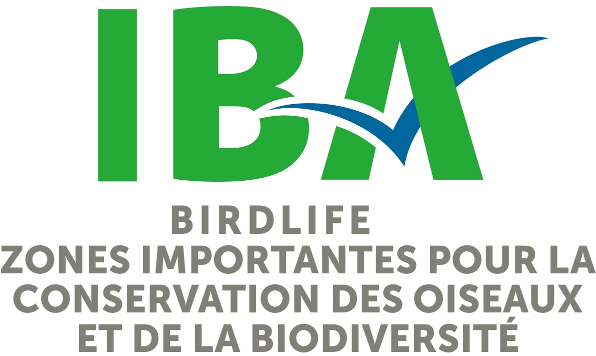Ramsay and Northern Juan Perez Sound Islands (BC140)
Haida Gwaii, Colombie-Britannique
Description du site
Ramsay and the northern Juan Perez Sound islands are located off the east coast of Moresby Island, just south of Lyell Island, on Haida Gwaii. Four major islands (Ramsay, Murchison, House and Hotsprings) and three rocky islets (Tatsung, Kloo and Ramsay) are included within this island group. The small islets are devoid of vegetation, while the four larger islands are forested with a mix of Sitka Spruce, Western Hemlock, Western Red-cedar and some Red Alder. Of the four islands, Ramsay is the largest and the most important for nesting seabirds in the region. It has a variable landscape, with coastlines characterized by moderate to steep forested slopes and prominent cliffs; grass and salal occur along parts of the shoreline. These islands are also used as both breeding and haul-out sites for Hair Seals.
The marine waters within a five km radius of Ramsay Island are also included in the IBA due to their importance as feeding and staging areas for the seabirds.
Oiseaux
This group of islands contains one of the ten largest concentrations of breeding Ancient Murrelets in British Columbia. Population estimates obtained from surveys in the mid-1980s show that as a whole, the area supports approximately 20,800 pairs, or 4.2% of the estimated global, and almost 8% of the estimated national population. Individually, Ramsay Island is the fourth largest of the 26 confirmed Ancient Murrelet breeding sites in British Columbia.
These islands also support 13,000 pairs of Cassin's Auklets, which is just under 1% of the estimated national population. Black Oystercatchers and Pigeon Guillemots have also been observed in significant numbers, (about 1.2% and close to 1% of their respective national populations). Surveys during the 1970s reported as many as 100 pairs of nesting Pelagic Cormorants on the cliffs of Murchison Island. The most recent survey (1986), however, recorded only 14 pairs of this species.
Other seabirds that nest at this site in smaller numbers include Fork-tailed Storm-Petrels, Leach's Storm-Petrels, and Glaucous-winged Gulls. Bald Eagles nest on the forested islands and Peregrine Falcons (ssp. pealei) are observed in the region.
Enjeux de conservation
The spread of introduced predators (primarily raccoons and rats) from the mainland shores of Moresby Island is one of the greatest threats to the seabird colonies here as well as throughout the Queen Charlotte Island chain. Rats, which are present on Murchison Island, are likely the cause of the dwindling seabird populations there. The nesting seabirds on that island are now confined to a small area on the northeastern peninsula.
Additional threats include: potential oil spills, and possible disturbance from boaters and other visitors to Gwaii Haanas National Park Reserve who are attracted by the presence of a picturesque hotspring. At one time feral goats were present on Ramsay Island. Their current status is unknown, but they are also a potential source of disturbance to the nesting seabirds.
Catégories ZICO Habitats Usages Menaces Potencielles ou Existantes Status de Protection

